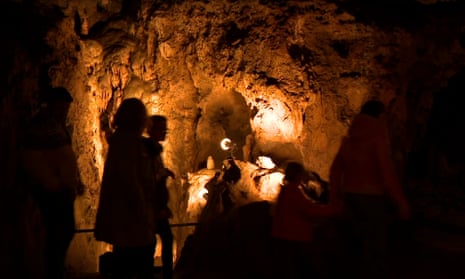Belgian Neanderthals were eating each other 40,000 years ago, new research has shown.
The grisly discovery was made in a cave where scientists found bones bearing marks left by intentional butchering.
Not only were they cannibals, but the Neanderthals appear to have fashioned tools out of the bones of their own kind.
Neanderthals were a human subspecies that lived in Europe and western Asia for hundreds of thousands of years before becoming extinct between 30,000 and 40,000 years ago.
Their disappearance followed the arrival of Homo sapiens, ancestors of people living today, from Africa. Evidence shows that the two kinds of humans interbred, and up to 4% of the DNA of modern Europeans and Asians is believed to have been inherited from Neanderthals.
The bones uncovered from the Goyet caves near Namur in Belgium bore cut marks, pits and notches signifying butchery, said researchers writing in the journal Scientific Reports.
It appears to have been a thorough process. There is evidence of skinning, cutting up, and extraction of bone marrow. Lead scientist Prof Hervé Bocherens, from the University of Tübingen in Germany, said: “These indications allow us to assume that the Neanderthals practised cannibalism. The many remains of horses and reindeer found in Goyet were processed the same way.”
Other hints of Neanderthal cannibalism have emerged previously in Spain and France. Four bones from Goyet clearly suggest that Neanderthals also used the remains of their deceased as tools.
One thighbone and three shinbones were used to shape stone implements. In a similar way, animal bones were often used as knapping tools.
